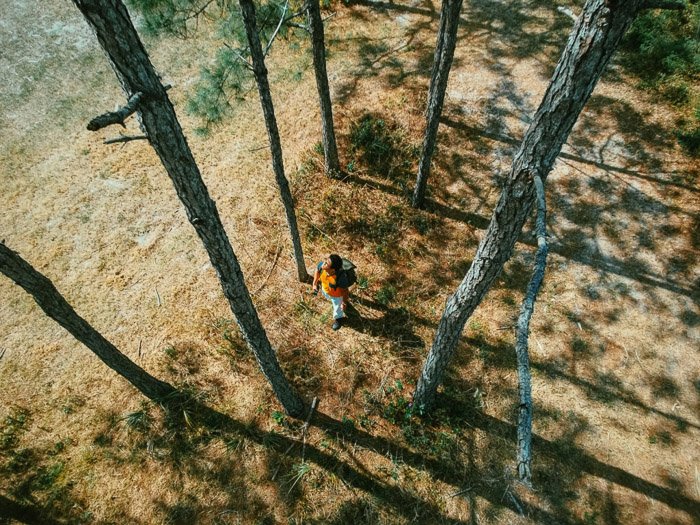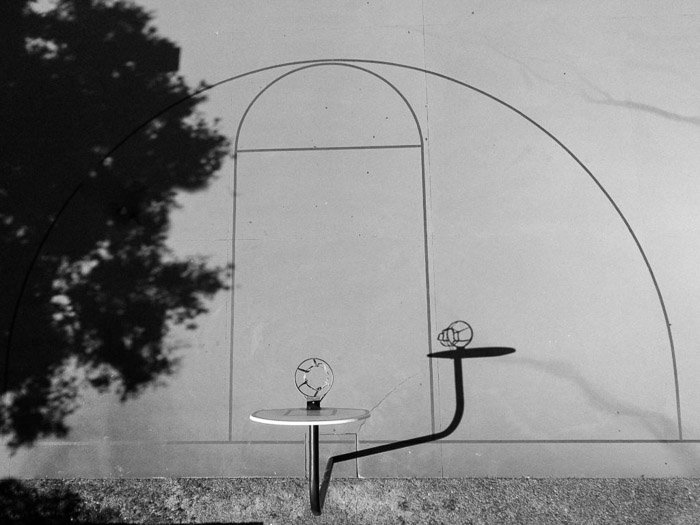https://www.sudhirshivaram.com/portfolios
View Sudhir's's photography.
1. How is the technical quality?
2. How’s the composition?
3. Did the photographer connect with his subjects or do they look tense, posed ?
4. Does the photographer tell a story?
5. What do you find interesting about his work?










































































